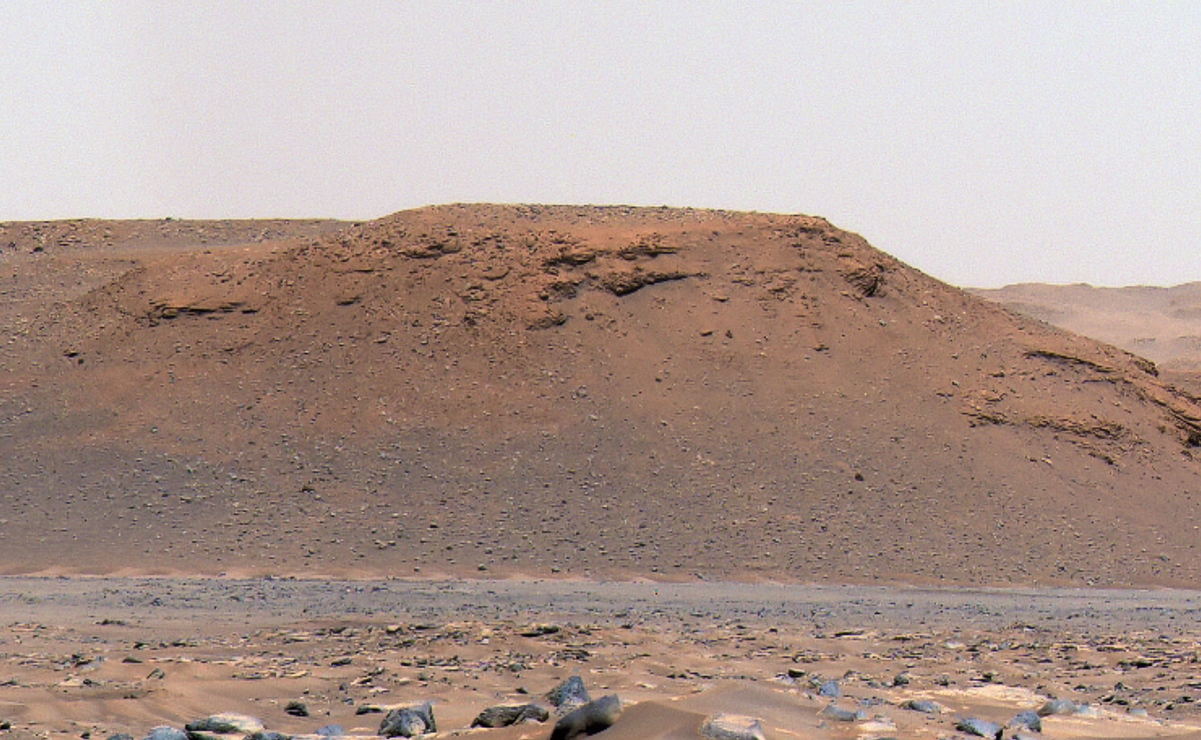The Perseverance in the rover Take a step closer to understanding Mars Specifically lake craterBecause thanks to the analysis of their latest photos, they have verified that this area is interesting Hydrological cycle.
Information from NASA indicates that the images show in detail the presence of long and steep cliffs called cliffs in the delta, which is formed by the accumulation of sediment at the mouth of An ancient river feeding a crater lake.
What specialists suggest is that when Mars had an atmosphere capable of supporting water flowing at the surface, its fan-shaped delta was subjected to floods that carried rocks and debris from the heights of Jezero crater.
Studying the building blocks of ancient Martian life? Looks like a case for SHERLOC & WATSON. The SHERLOC tool and WATSON camera help me look for organic matter and minerals that have changed due to aquatic environments. See how we screen potential samples. https://t.co/vAAsFVEgUK pic.twitter.com/1N02ZPf7X3
– NASA Perseverance on Mars (@NASAPersevere) September 23, 2021
It is believed that in antiquity the lake in this place was of sufficiently high levels to crown the eastern edge of the crater, since tropical images show the remains of a river channel.
While it is not known whether these changes in water level were the result of flooding or more gradual environmental changes, the scientific team determined that they occurred later in the history of the Jezero Delta.
This specific site will be the starting point for NASA’s next science campaign, Perseverance, in 2022.
Robots need vacations too, and our Mars spacecraft is about to get one. With Mars and Earth now on either side of the Sun, an event called Mars-solar conjunction, our fleet will collect data but we’ll stop sending them commands until mid-October. https://t.co/Ph4jRm9Zla pic.twitter.com/3CxNUIKl2d
– NASA JPL (@NASAJPL) September 28, 2021
But that’s not the only thing we can do thanks to the images captured by Mastcam-Z cameras, Remote Micro-Imager or RMI, as they provide the information needed to know where the perseverance wagon should continue its hunt for microbial life.
Scientists have long wanted to visit the delta because remnants of ancient life can be found there, so their ideas are now more firmly established.
One of the main objectives of the program Mission Rover Perseverance he is Collect samples that can be brought to Earth, which would allow material analysis. They were moved near the Kodiak, another prominent rocky outcrop on the southern edge of the delta.
The images revealed for the first time the layers, arrangement and location of the rocks, providing information on the relative time of geologic deposits.
Research on images obtained from Jezero crater was published in the journal Science.

“Problem solver. Proud twitter specialist. Travel aficionado. Introvert. Coffee trailblazer. Professional zombie ninja. Extreme gamer.”




More Stories
With a surprise in the case: a strange cell phone from Nokia was introduced
PlayStation Stars: what it is, how it works and what it offers to its users | Sony | video games | tdex | revtli | the answers
t3n – Digital Pioneers | digital business magazine